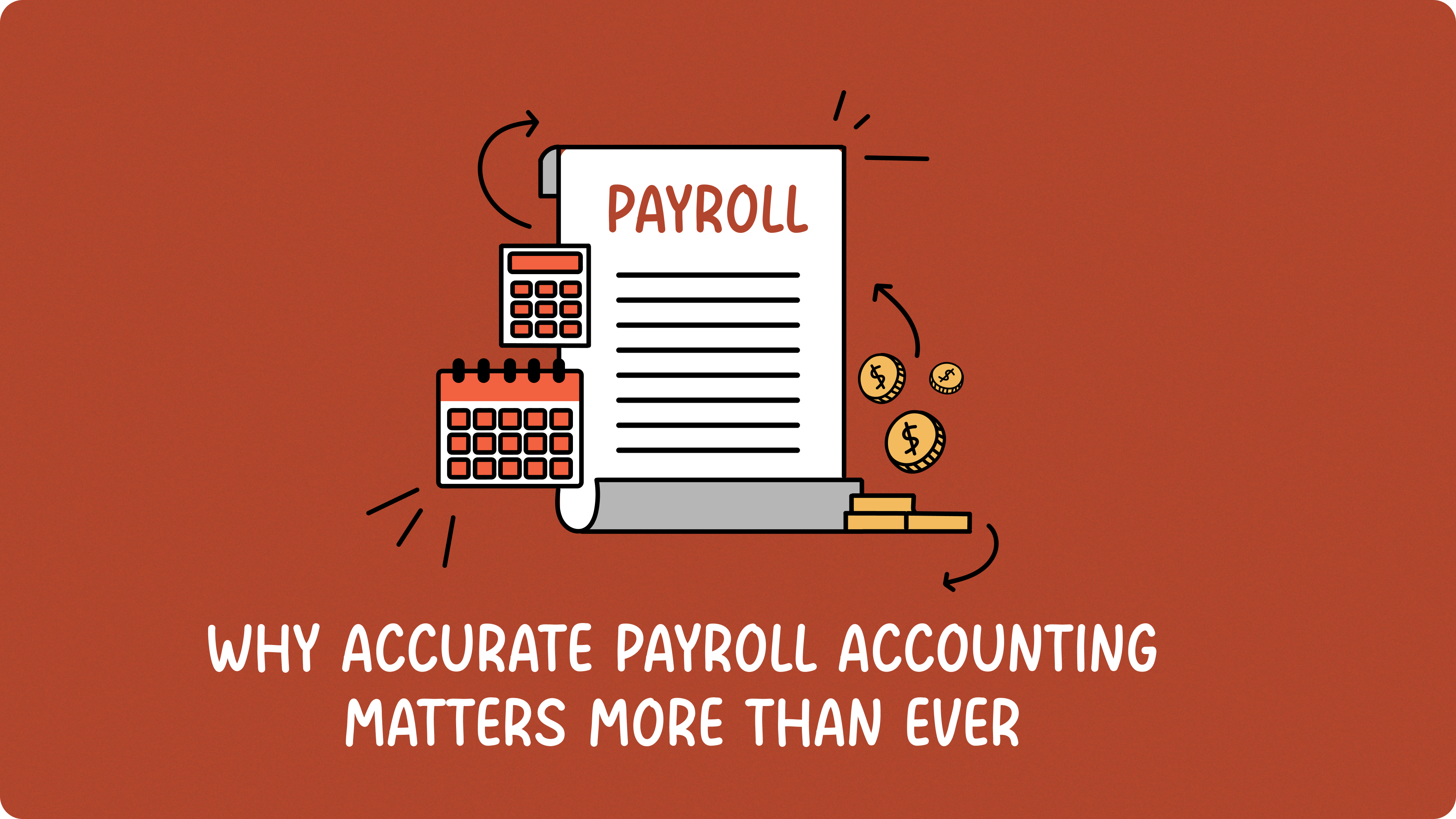For any business, payroll is more than a routine task; it’s the engine of trust and the foundation of your financial integrity. It’s the core promise you make to your team. While getting payroll right has always been essential, the modern American business landscape has raised the stakes significantly.
Did you know that 40% of small businesses are fined by the IRS each year due to payroll mistakes? The surge in remote work, a complex web of multi-layered regulations, and a competitive talent market have created a perfect storm of complexity. A seemingly minor payroll error can quickly spiral into a major liability, leading to costly IRS penalties, legal disputes, and a damaging loss of employee confidence. Before we dive into solutions, let’s look at the regulations that so often trip up small businesses.
Table of Contents
- Navigating Federal, State, and Local Payroll Regulations
- Getting Worker Classification Right
- The Remote Work Revolution and “Nexus”
- The True Cost of Getting It Wrong
- The Technology Lifeline
- Conclusion & Next Steps
Navigating Federal, State, and Local Payroll Regulations
Managing payroll in the United States is uniquely complex. Unlike in many countries, businesses here must navigate a three-tiered system of regulations that is constantly changing. An outdated or one-size-fits-all approach is a recipe for non-compliance. Key challenges include:
Varying Minimum Wage Rates
The federal minimum wage is just the starting point. You must comply with the rate that is most generous to the employee based on their work location. For instance, California’s statewide minimum wage is $16 per hour as of 2025, and cities like Los Angeles set it even higher. Travel a few hundred miles east to Texas, and the rate drops back to the federal floor of $7.25.
State-Specific Withholding
Each state has its own rules for income tax withholding, and they can vary dramatically. In New York, you must withhold based on graduated brackets and a set of supplemental rates for bonuses. In contrast, Florida has no state income tax at all, so there’s nothing to withhold. Failing to withhold the correct amount can create tax liabilities for both the business and your employees.
Overtime and Leave Laws
The federal Fair Labor Standards Act requires time-and-a-half for any hours worked over 40 in a week. California goes further: workers earn overtime after eight hours in a day and double time after twelve. Leave mandates vary too. Some states, like Oregon, require employers to provide paid sick leave at set accrual rates, while Maine mandates contributions to a paid family leave fund.
Getting Worker Classification Right
One of the biggest payroll pitfalls is misclassifying talent. An employee on a W-2 is someone whose work you direct—how, when, and where they perform their job—and for whom you must withhold federal and state income tax, Social Security, and Medicare. By contrast, an independent contractor on a 1099-NEC sets their own schedule, uses their own tools, and handles their own self-employment taxes.
It can be tempting to classify everyone as an independent contractor, but regulators are paying close attention. The IRS and Department of Labor have recently recovered tens of millions in back taxes and penalties by reclassifying misclassified workers as employees.
The Remote Work Revolution and “Nexus”
The explosion of remote work offers incredible flexibility, but it has profound payroll implications. When you hire an employee in a new state—even just one—you have likely established a “nexus” there.
This means you are now subject to that state’s employment and tax laws. For example, if your main office is in Texas but you bring on a remote worker in California, you must register with the California Employment Development Department, withhold California payroll taxes, and pay into its State Disability Insurance program. Similarly, hiring someone in New York City triggers New York State withholding and New York City’s local wage-garnishment rules.
You must also contribute to each state’s unemployment insurance fund—so a remote hire in Massachusetts requires contributions to the Commonwealth’s Department of Unemployment Assistance while a remote hire in Florida does not, since the state has no personal income tax. Managing this compliance puzzle for a team distributed across multiple states turns payroll into a complex, high-stakes operation. With regulations in mind, let’s explore what happens when payroll goes off the rails.
The True Cost of Getting It Wrong
Payroll errors do more than trigger fines. In 2023, Instacart agreed to a $5 million settlement after misclassifying thousands of shoppers as contractors and failing to pay overtime. That same year, San Francisco tech startup Scale AI—worth $13.8 billion as of 2024—faced a class-action lawsuit when a payroll software glitch systematically underpaid thousands of contract data labelers for weeks, denying them the wages they had earned. These high-profile cases show how a single payroll mistake can damage your finances, your reputation, and your ability to retain talent.
The Technology Lifeline
Cloud-based payroll tools can transform payroll from a chore into a strength:
Automatic Tax Updates
Tools like Gusto and Rippling keep federal, state, and local rates current so you never hunt for new tables or type in rates by hand. These automatic updates ensure your calculations are always accurate, reducing the risk of costly penalties or last-minute manual corrections.
Built-In Multi-State Support
Hire someone in a new state and the software walks you through registration, applies the right tax rules, and files deposits for you. It also generates state-specific reports and sends reminders for upcoming deadlines, so you never miss a filing window.
Seamless Time Tracking
When your team clocks hours on an app, those times automatically flow into payroll. You can even set up approval workflows so managers sign off on hours before they process pay, catching mistakes early and saving you from end-of-period headaches.
Employee Self-Service
Your people can pull their own pay stubs, W-2s, or 1099s and update tax withholding online. This level of transparency cuts down on routine requests and frees your HR team to focus on strategic initiatives.
Conclusion & Next Steps
Accurate payroll is more than a checkbox; it ensures legal compliance, builds employee trust, and protects your bottom line. With the right tools and processes, payroll becomes a competitive advantage rather than a burden.
Ready to leave payroll headaches behind? Book a free consultation with our team and see how Fynlo’s integrated payroll and accounting platform can streamline your workflow, prevent costly errors, and support your growth.







